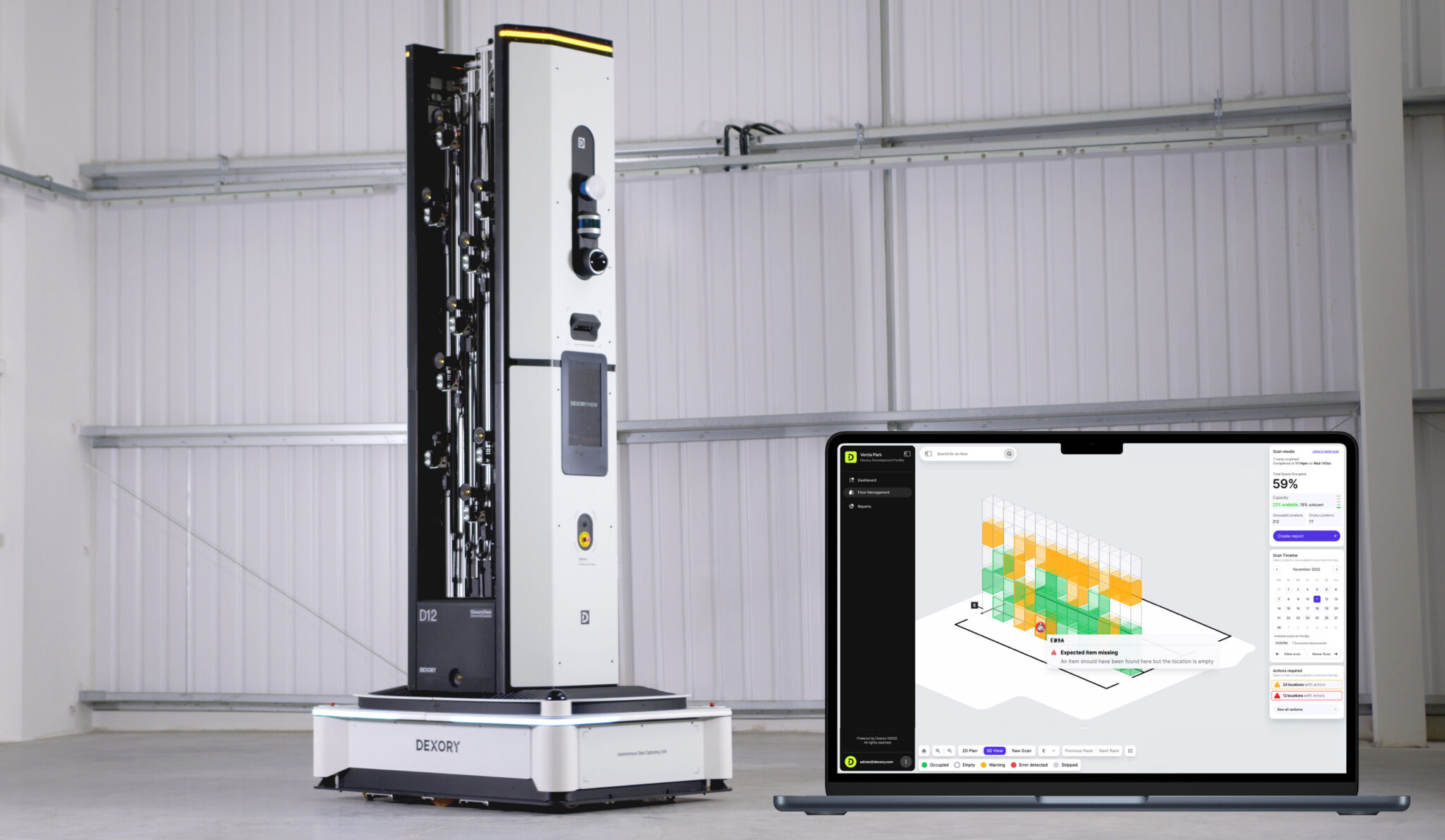What if up to 50% of your registered picking errors, and up to 40% of your registered claims investigations, never happened? It would mean that you are taking the blame for someone else’s mistakes. And you’re most likely to pay the bill! According to Staffan Persson (pictured), Global Presales Director and Co-founder of Swedish logistics technology company SiB Solutions, this might be the case.
According to Persson, you can avoid paying those claims:
Q: Staffan, you make a bold statement by saying that up to 50% of a warehouse’s registered picking errors, and up to 40% of its registered claims could be someone else’s problem or even no problem at all?
Staffan Persson: “It´s bold, but it´s what our analysis of our customer base shows us. Errors often equal human mistakes, but we see that other things can, and often do, affect quality.”
Q: Investigating claims can feel like a costly, time consuming or pointless task. How does your services change this for a logistics manager?
Persson: “Today, many warehouse operations have to make intelligent guesses regarding what happened to goods that go missing or seem to have been picked incorrectly. The only way you can really know what happened is to see what happened. That’s what our Intelligent Video and AI Services give companies: true, visual insight into what happened to goods and the ability to lead fact-based improvement initiatives where they are needed. Modern logistics services involve many stakeholders. These include suppliers, transport companies, customers, warehouse staff, production and sales. In these situations, it’s hard to agree on who caused any discrepancy in goods delivered, and who should pay for it, especially when much of that blame game is based on guesswork. When you have searchable video, and ultimately hard facts, you see exactly what happened. You get the upper hand in negotiations with suppliers and customers, while having the right information to make ongoing improvements in the warehouse.”
Q: What does it mean for a warehouse operator?
Persson: “They don’t get blamed for errors that were not their fault. They also have a better incentive to accomplish their targets and KPIs if good quality is part of their salary makeup. You can show operatives potential for improvement in a constructive way by showing fact-based feedback and providing valuable input to continuously improve processes. Operators are also protected against false claims when they have done the right thing but someone else says it´s wrong.”
Q: What does it mean for a customer service agent?
Persson: “Agents can now give customers answers about their goods based on facts. All within minutes and without involving other departments. They can independently conduct meaningful investigations quickly, regardless of product value, and can turn difficult discussions with customers about goods into solutions and extra sales. And of course, their working environment is greatly improved.”
Q: Customers complaining want compensation, right? Is it smart business to validate all claims this way? Is there really a business case?
Persson: “Yes there is. As you can now search and see relevant video clips within seconds, you can quickly evaluate claims. At SiB Solutions we challenge the assumption that achieving 0% errors is too costly. It is no longer too time consuming or too costly to root out any remaining deviations and errors. Sometimes you might end up having to compensate for a claim that you are not responsible for, but you won’t waste time trying to improve a process that actually works, and your operators won’t be blamed for a mistake they didn’t make.”











